In this video, I’m talking about the saws I own and why I have them.
Intro
Whenever I get a comment about my tools I always tend to explain a lot about why I have them and how I use them. To answer most of the common questions I decided to make this video and talk about my saws. The most used tool in a woodworkers shop. Let’s start with the basics and work towards the more specific saws. I’ve listed the tools in order of purchase (at least for me).
1. Hand saw
My personal experience with the hand saw is that it’s great for making large pieces manageable for other saws. However, if you don’t have another saw it can do most of the tasks other saws can do with some exceptions off-course. It’s not great with smaller pieces and cutting curves. Also, I feel it’s not as accurate as for example, a miter saw when making cross cuts. In my shop, the most common task it has nowadays is cutting rough and/or large pieces.
Pros
Cons
2. Jig saw
My least favorite tool in this list has to be the jig saw. Simply because I have a bad time using it, not because it’s a bad tool. On the contrary, it’s a saw that can do nearly any cut. In my shop, it’s mostly used for cutting shapes out of larger pieces of wood. For example a template for making handles or some other cut-out. From the things I don’t like about the saw I think the lack of accuracy and the rough edges it leaves are at the top. Also, I always seem to end up with crooked cuts because the blade deflects to one side for some reason. The funny thing is though that if you could only have one saw, I think it should be this one. Luckily I have more so I don’t have to practice with this one ;-).
Pros
Cons
3. Circular saw
When you start working with larger sheets of plywood this is a must-have tool. In my opinion, it’s the best way to safely and accurately cut down the sheets into smaller manageable pieces. The only thing I dislike about this saw is that it has limited uses. You can get creative and use like a table saw to expand what it can do but if that’s a safe option… If you have to choose between saws this is not in the top 3. However, considering the price and that you own the previous two saws this would make a logical next purchase.
Pros
Cons
4. Table saw
I can talk forever about this tool but I will try to keep it concise. This saw is a tool you can really grow into. It takes some practice to learn all the techniques that you can use. Some are basic others are more complicated. But the longer you use it, the more possibilities you will see. Together with accessories and jigs, you can make it do pretty much anything you can imagine. If however you only look at the saw, it’s purpose is rip-cutting. This is very hard to do (especially with longer pieces) on other saws. So in that respect, it’s unique. The only downsides I can think of are that it’s expensive and it can be dangerous when you have kick-back. In any case, it’s my number one saw for any woodworker. So why is it at number 4 and not at 1? Simply put, I think you can start off and do lots of projects with the other 3 and not spend close the amount of money this saw costs. If money is not an issue, get this saw first.
Pros
Cons
5. Band saw
In my opinion, this is where the saws get a little more specialized. The bandsaw is one of the more recent tools I’ve purchased and I have only used it for two things. Resawing and cutting shapes from smaller pieces. Resawing is not something you will quickly do when you start off with woodworking. At least I didn’t. You can buy lumber in almost any dimension, most likely in the thickness you want to use. It’s only when you have a wood collection that it becomes a good option to have. My personal reason for buying this saw is because of the potential it has to speed up my workflow. There are some tasks this saw is very good at that, if done on a different saw, require set up time. For example, cutting a 30 degree (or any arbitrary angle) off a piece. The downside to this saw is the size, price, and level of skill required to properly use (and maintain) this saw.
Pros
Cons
Other saws (in random order)
6. Reciprocating saw
I actually didn’t buy this saw, I got it from a friend. He gave it away because he didn’t use it anymore. For me, it came at a good time because I needed to cut down some small trees. This is where this saw excels. Roughly cutting down large pieces is where this saw is happy. It’s not very convenient to hold and use, it doesn’t leave a great finish, it’s not very accurate, it’s very fast and aggressive. Not a saw I would buy for making furniture but it is good for everything else you don’t want to cut using any of the previous saws.
Pros
Cons
7. Japanese pull saw
The second to last saw that I bought is the Japanse pull saw. My use for this is mainly cutting joinery and flush trimming. If you watched my shed build, you’ve seen it can cut large beams without any problems. So both big and small joinery are possible with this saw. Trimming a long dowel can also be done with a hand saw but not as neatly as you can do it with this saw. So in that respect, I consider it an upgrade, not really a must-have. It’s really a joy to use this saw but it wasn’t after almost two years of woodworking that I had the need for this saw. In my opinion definitely not something you need to have when you start but a great addition to the collection!
Pros
Cons
8. Fretsaw
I bought this saw for one purpose and that is to cut out my new logo. It has some cutouts with sharp corners that are hard to make with another saw. Since this saw is very cheap I decided to buy it and try it out. My experience with it is still limited but I already know it’s not going to be my go-to saw. It’s flimsy and therefore requires a delicate hand to use. That’s not me. It’s really meant for detailing and I like to work on bigger things. I think you will only ever own this saw if you have the same need I had. Make a sharp angle cut-out; once. Because if you want to cut more, you would go out and buy a scroll saw. That does the same thing but much better.
Pros
Cons
Conclusion
It’s probably very cliche but it really depends on what you do, which saws you need. I’m a woodworker that makes all sorts of things, I’m not mass fabricating the same thing over and over again. This means my needs are more general-purpose and less specific for one goal. However, I do feel there is a general consensus towards which saws fit most needs. If you could have one tool and you’re budget is extremely tight the jig saw is the way to go. It’s simply the best general-purpose tool on the list in my opinion. However if budget is less of any issue and you are sure woodworking is going to be your thing; get a table saw. Get the best one you can afford, it will last you a LONG time. I say get the best one because cheap ones will ruin your perception of this saw.
I hope this post has helped you find the saws you need and it inspired you to make something!
Don’t forget to follow your excitement 
– Rico


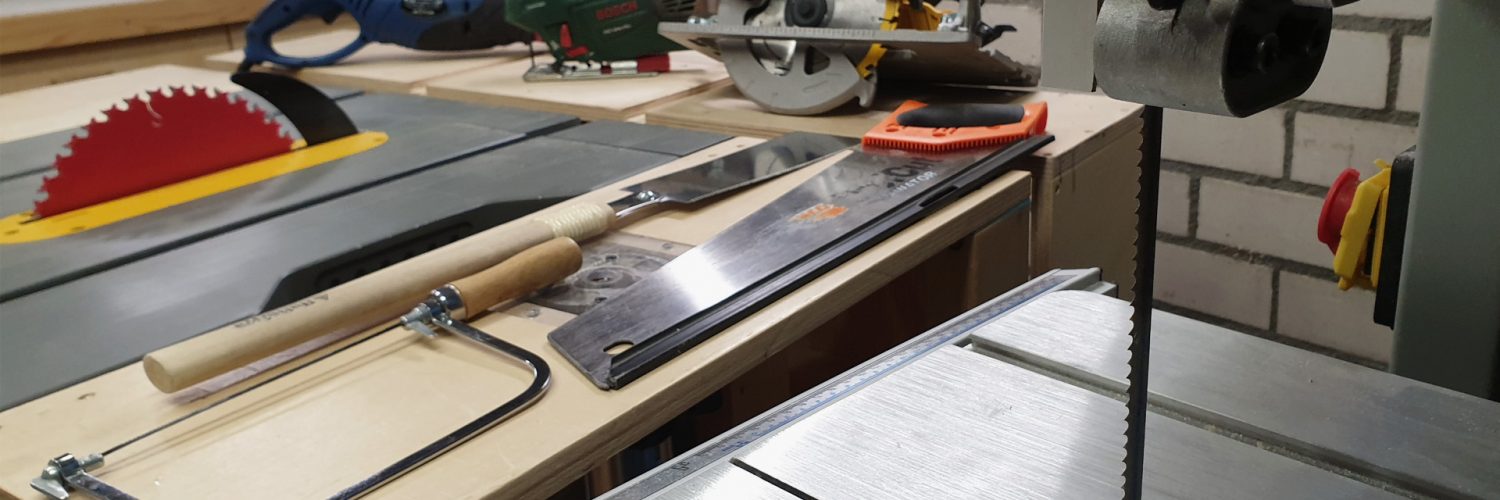

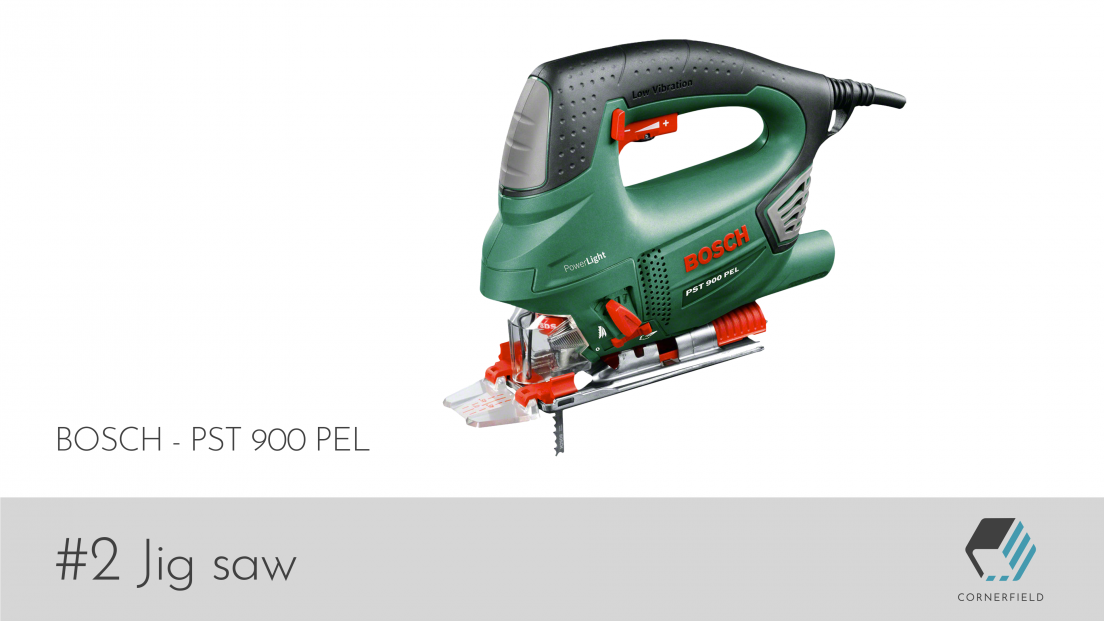
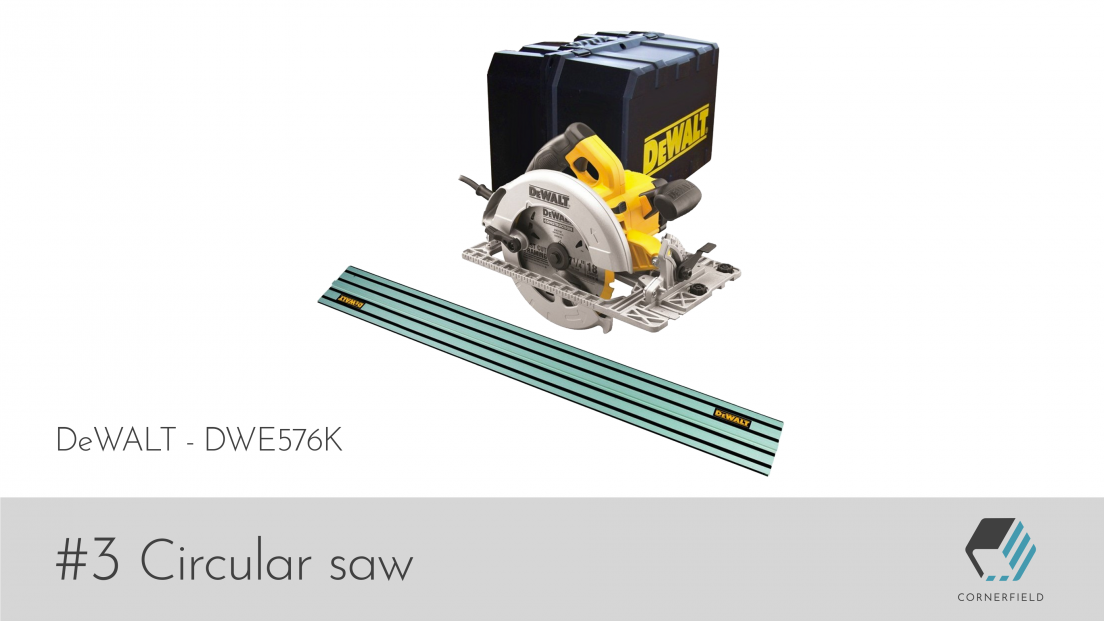
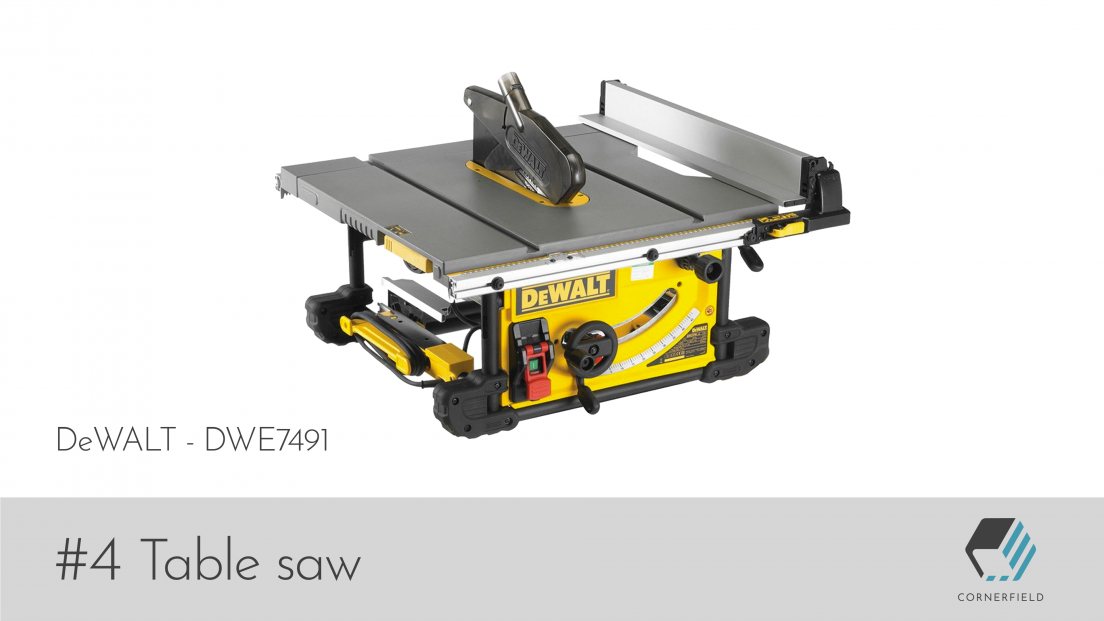

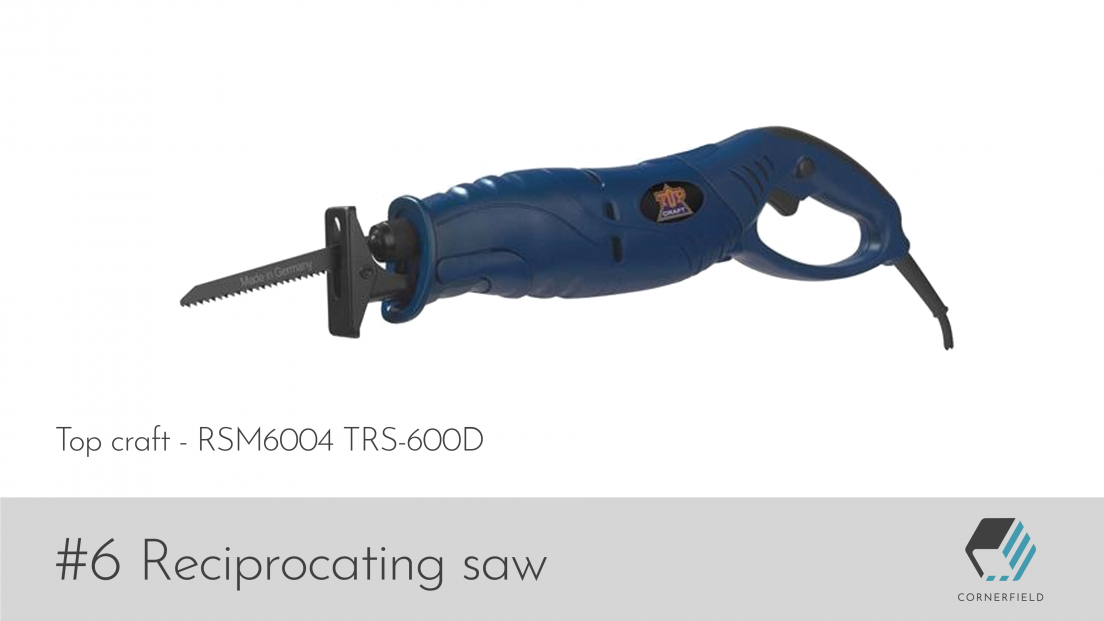
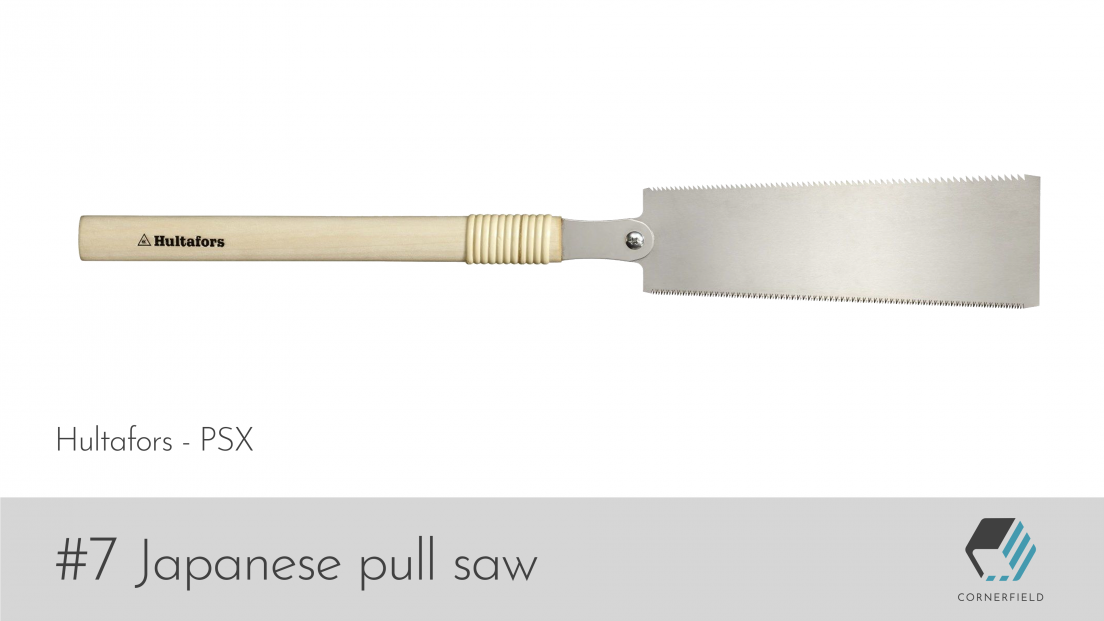
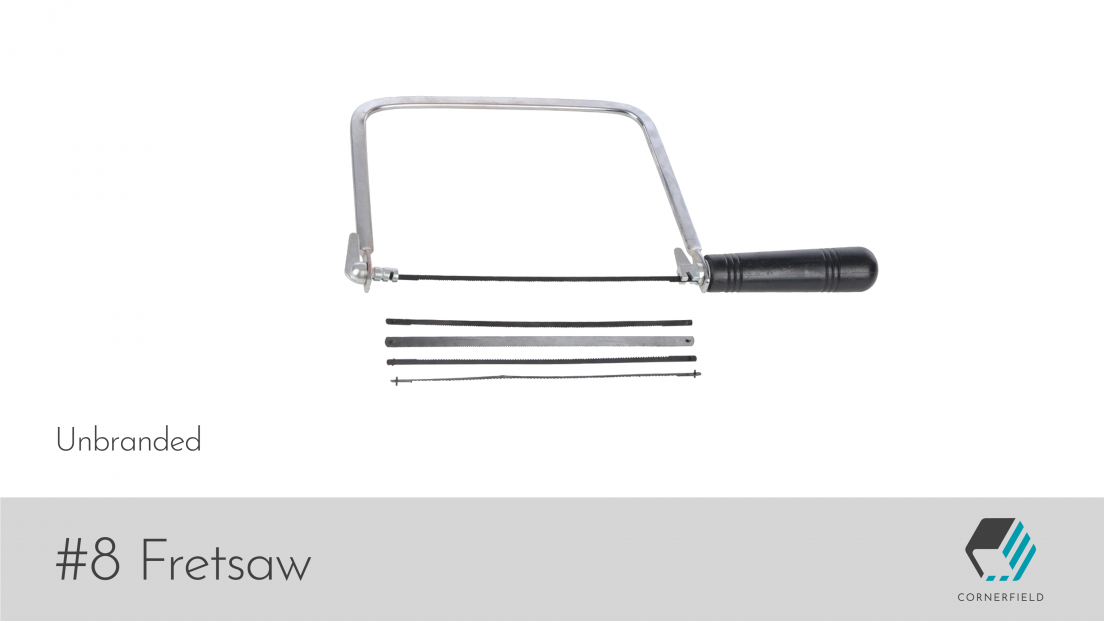
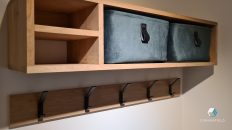
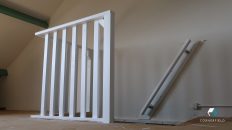

Admiring the time and energy you put into your site and detailed information you offer.
It’s good to come across a blog every once in a while that isn’t the same out of
date rehashed information. Great read! I’ve saved your site and I’m adding your
RSS feeds to my Google account.